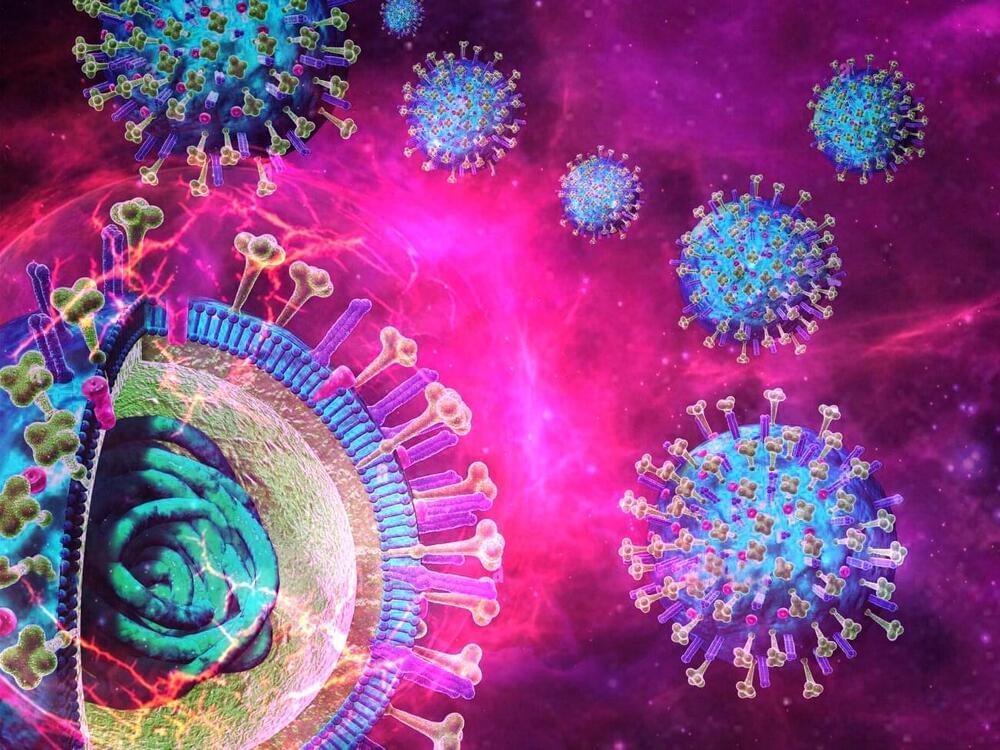Improving the seasonal influenza vaccine and public health specialists’ ability to predict pandemic potential in new flu strains may be possible, due to new findings from scientists at St. Jude Children’s Research Hospital. The key is the stability of a viral protein that gains entry into human cells. The findings were published today in Science Advances.
“We found that the protein flu viruses use to enter cells, hemagglutinin, needs to be relatively stable and resistant to acid in an effective H3N2 flu vaccine,” said senior and co-corresponding author Charles Russell, Ph.D., St. Jude Department of Infectious Diseases. “We found a mutation in hemagglutinin that makes the virus grow better in eggs also causes a mismatch in the vaccine. The mutation makes the virus unstable and makes it look less human-like.”
The H3N2 virus is a subtype of Influenza A and is one of the culprits behind the seasonal flu. Many flu vaccines are made by growing the virus in chicken eggs, but the virus can gain mutations during that process. Some of those changes, like the one uncovered by the St. Jude group, make the vaccine less effective in generating the ideal immune response. At the same time, other mutations have more beneficial impacts.
